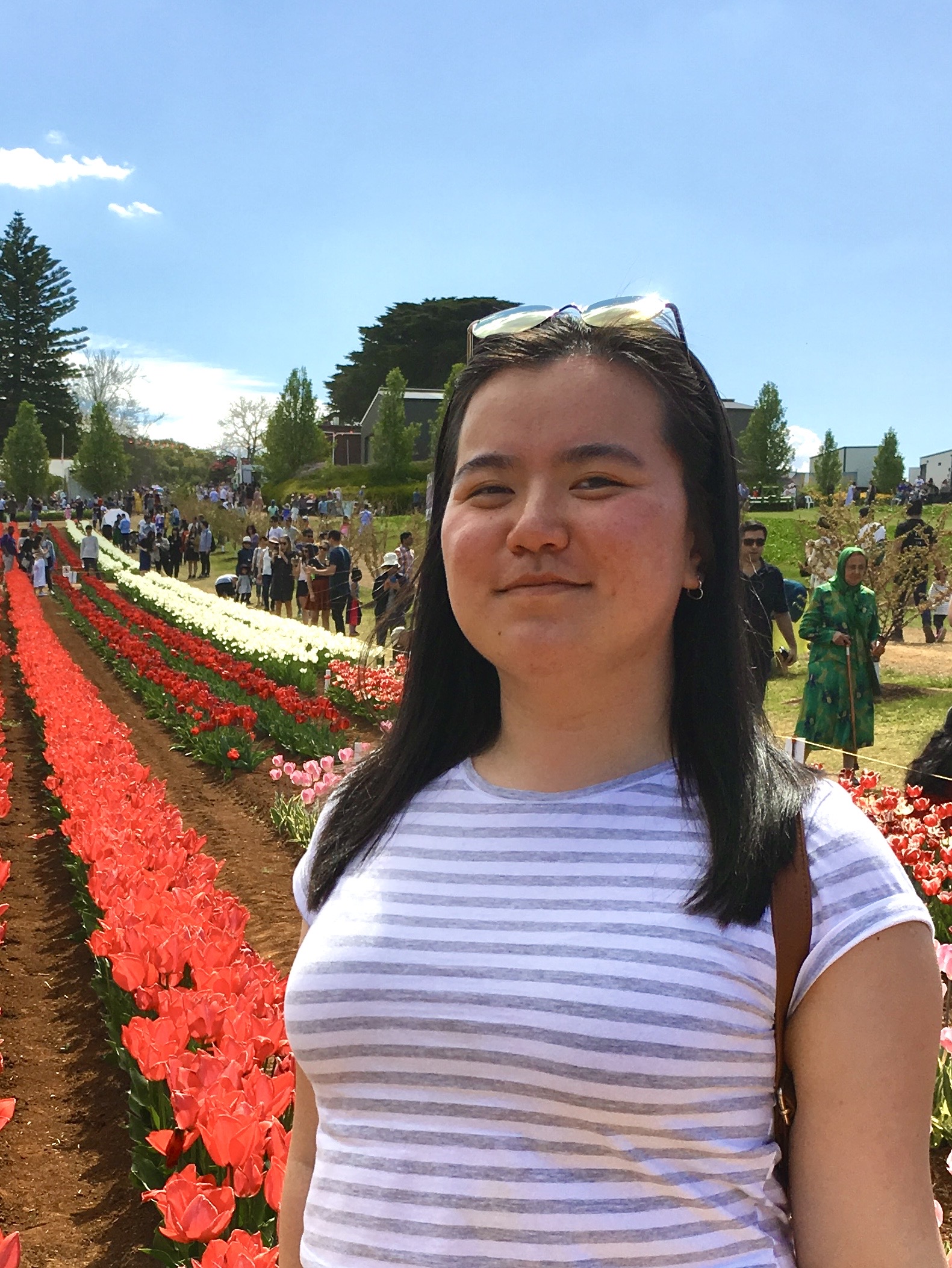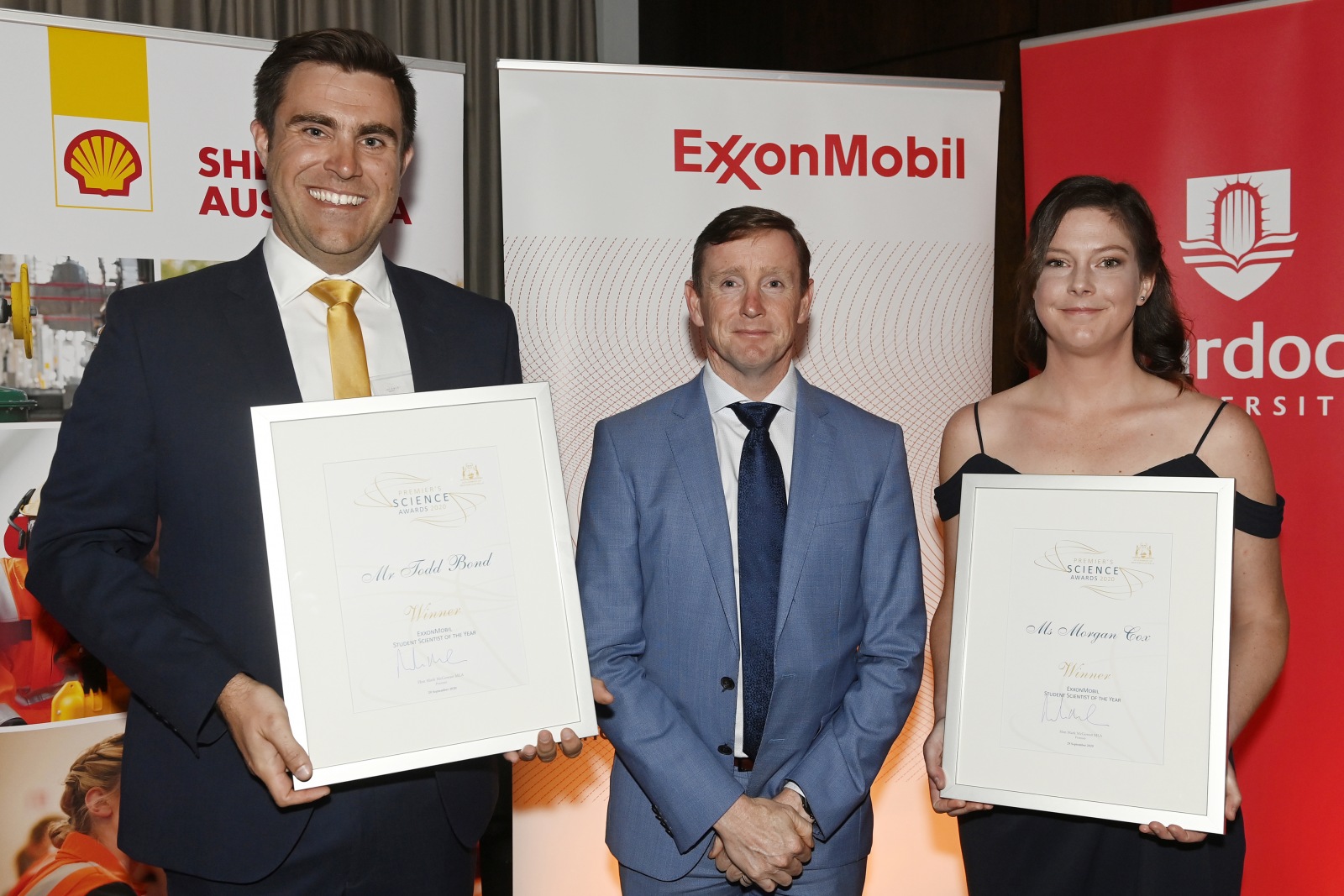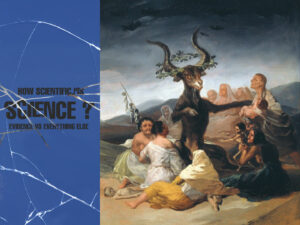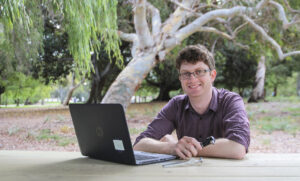While Morgan is seeking to answer how Earth and other planetary bodies have evolved via asteroid impacts, Todd is seeking to understand how fish and fisheries interact with subsea pipelines installed by oil and gas operators.
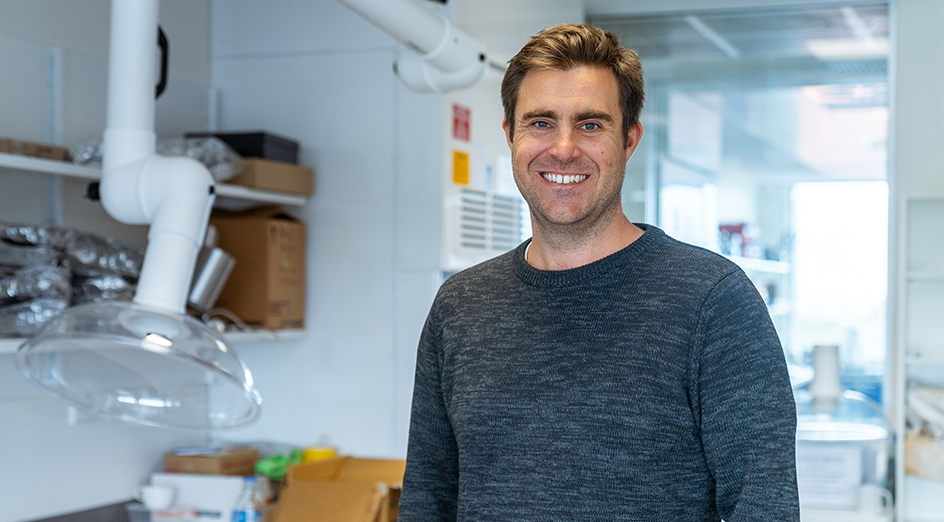
A fishy problem
“What I wanted from a PhD was something that I didn’t know the answer to,” says Todd.
However, marine science isn’t something that Todd just fell into.
“I’ve always had a natural affinity to being in the ocean, seeing things in the ocean and wondering how waves worked or why kelp grow in particular spots.
“From a fairly young age, I knew I wanted to do something with the ocean. So I was quite lucky in that sense. I always had a passion for it and I was able to turn it into a job,” says Todd.
After going through the usual journey of high school and university, an opportunity came Todd’s way to study deep water fish – an area he hadn’t worked in before.
“I’ve always been fascinated by fish and the way that they interact with each other … trying to understand stuff that’s unpredictable, that’s how I got into trying to understand how fish interact with subsea infrastructure,” says Todd.
Sailing the seven seas
While marine science has allowed Todd to travel around the world, most of his work is focused on the subsea infrastructure in and around the North West Shelf of WA.
“We don’t have very old infrastructure. The infrastructure we use in the ocean is only just coming to the end of its production life.”
And it’s up to people like Todd to find out whether it’s best to remove the subsea infrastructure or leave it be – a question currently being asked by many oil and gas operators.
“One of the major findings from my PhD was that fish interact with the infrastructure at different times of the day. And this raises many interesting questions about why and how they’re utilising that infrastructure,” says Todd.
If the infrastructure has become an integral part of the local subsea ecology, or its removal would cause significant damage, then it would be left alone. However, there’s no blanket rule.
“It’s made on a case-by-case basis,” says Todd.
So what’s up next in Todd Bond’s scientific journey? He’s jumping into deeper waters.
“I’m still working with a number of oil and gas operators to understand how fish are interacting with their infrastructure. We’re getting into the 500m range, where a lot of the animals in these waters are undescribed. We don’t know a lot about them and we don’t know a lot about their ecology.”
“It’s a very, very interesting world out there.”
“We’re really just at the tip of the iceberg. There’s really interesting discoveries that could be made. And more importantly, the application of the science in WA and how it will drive policy or decisions around policy in the future.”
It’s okay to wait
While Todd Bond is looking for answers below the surface, Morgan Cox is looking upwards.
As a geologist, she seeks to understand the evolution of the Earth and other planetary bodies by investigating geological records of asteroid impacts.
“I think it’s pretty cool that you can be like a detective and try and unravel what happened. Within rocks, they actually hold a pretty interesting story about the evolution of planets,” says Morgan.
Although she was always fascinated by geology, Morgan didn’t enjoy school and focused on competitive soccer instead. However, due to an injury that prevented her from playing soccer, Morgan thought she might give university a go and enrolled into Curtin University to study geology – where she realised she “really loved learning”.
“If you don’t feel that you’re ready for university straight away out of high school, that’s not a big deal. I started later on and I was more focused and more passionate. So take some time to think about what you’re actually passionate about and don’t rush yourself. Don’t put yourself down, just give things a go,” says Morgan.
And as a result of her newfound passion and enthusiasm for science, Morgan was able to run her own research projects during her undergraduate degree – a rare opportunity.
“I didn’t even realise I could get into research. I thought it was only for the really smart people.” says Morgan.
“I got approached by some professors. And they asked if I wanted to do some research with them, like an internship, and then from that, because I was extremely passionate and driven to do my own research, they allowed my to run my own project during my undergrad.”
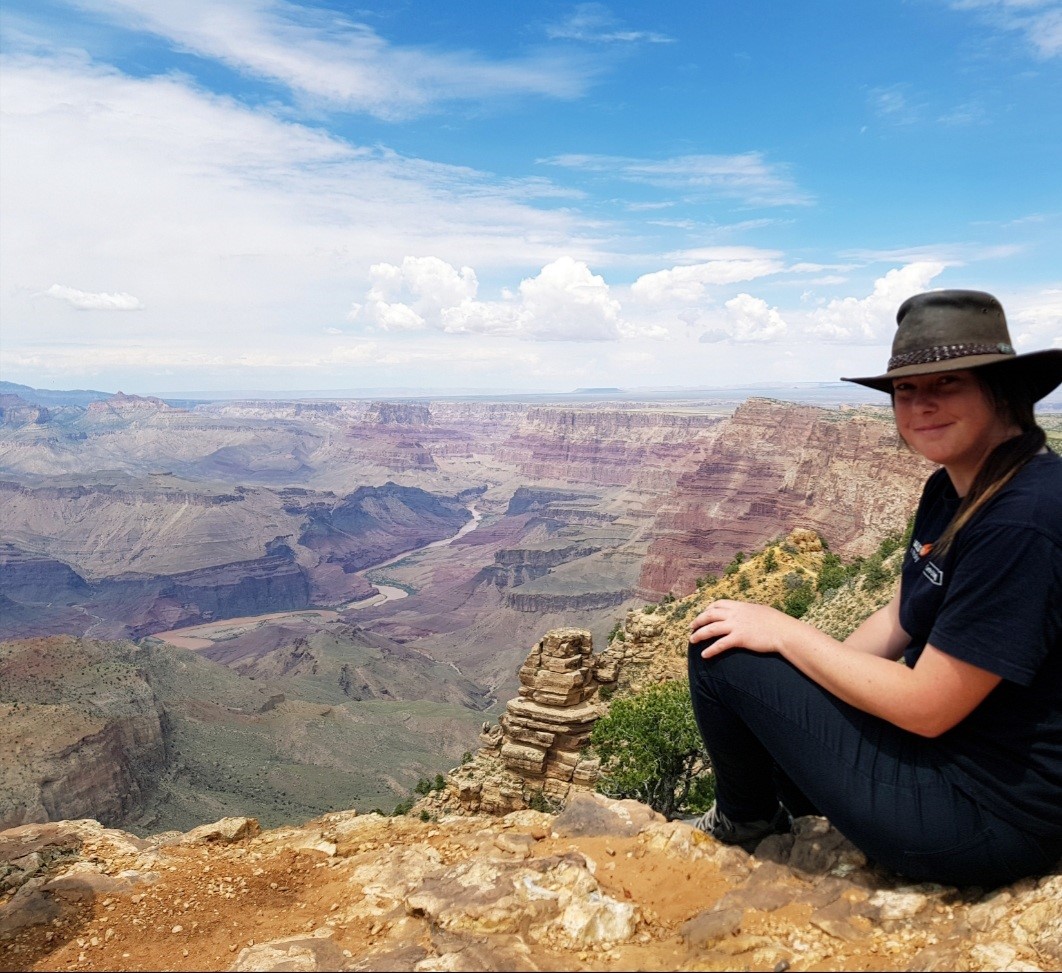
Traveling back in time
Towards the end of last year, after completing her honours degree, Morgan was awarded a competitive internship at NASA. During the three-month-long internship, Morgan worked on studying a dinosaur-killing asteroid impact in Mexico.
“Now I’m working on school projects with NASA and there’s going to be a lot more to come, which is exciting.” says Morgan.
“I’m also working on looking at minerals that have been deformed from early Earth impacts. So I’m looking at 4.4 billion year old zircon grains. And I’m trying to see if they’ve been deformed by an asteroid impact during the first billion years on Earth”
Talk about it
Besides planetary geology, Morgan Cox is extremely passionate about science communication.
“There’s no point in doing science if you’re not going to inform the public on what you’re doing and present it in a way that people can understand.” says Morgan.
“It’s important to be able to communicate to people, not only to inspire the next generation, to come forward and become the next scientists, but also so that people can understand the cool stuff that’s going on.”
"There's so much that we don't know and that both intrigues me and drives me."


